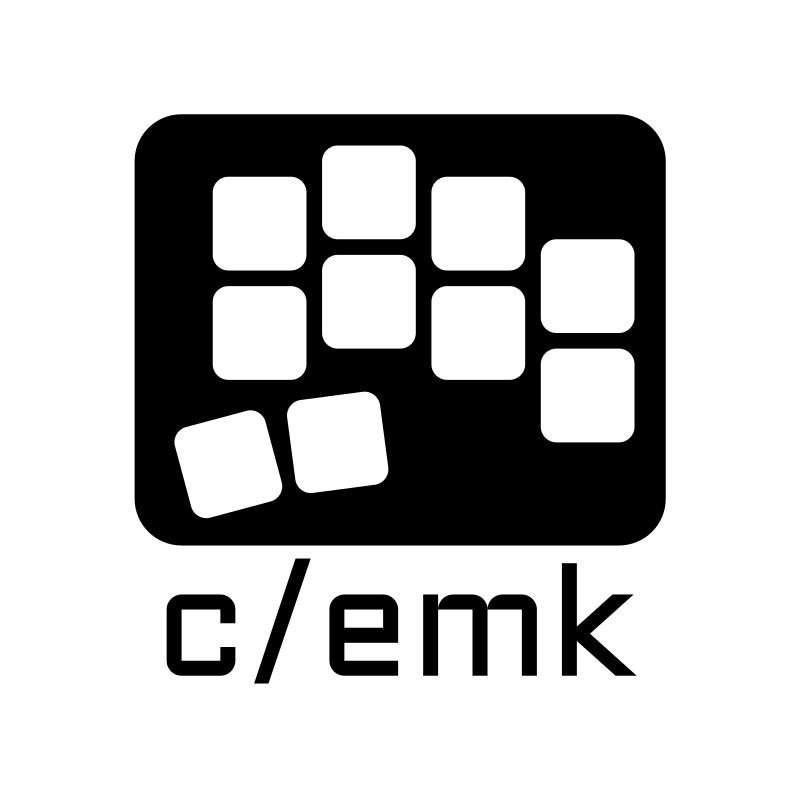

I think it would not have a shape, or would rather be a zero dimensional point. For it to be any shape, it would have to have features, but you’ve already defined this as the fundamentally smallest ‘thing’ so it can’t have any features smaller than itself. But you could also probably convince me that it’s a sphere. I’m not sure if mathematicians consider a sphere of infinitesimal radius to still be a sphere or not, but treating it as infinitesimal kinda makes sense to me even if it’s actually finitely small (the Planck length?)
A more interesting question to me is, assuming positions in space are discrete, which I’m not sure follows from saying there’s a smallest possible object, how are those ‘voxels’ arranged? I don’t think that’s necessarily equivalent to asking what the shape of the smallest object would be. Pixels on a screen are in a rectangular grid, but the actual elements are circles in some types of screens.
There are a number of shapes besides cubes that can fill 3D space, but do the voxels even have to all be the same shape? Are we even looking for a 3D tiling, or could it be 4D in spacetime, or even higher dimension if it turns out the universe has more than 4 dimensions? Does it have to tile at all, or could it be entirely irregular while still being discrete? Is there any conceivable experiment that could prove any of these things, or is it unknowable?








Somewhat but not exactly. You can only go north or south until you hit the poles, but you can travel forever at angle zero starting from the center point. I guess you could call towards the center point “North” and away from it “south”, so the galactic center is the North Pole but there is no equivalent South Pole. But angle zero is more analogous to the prime meridian - it’s a line that goes north-south but there are an infinite number of such lines, and we could have called any of them zero.